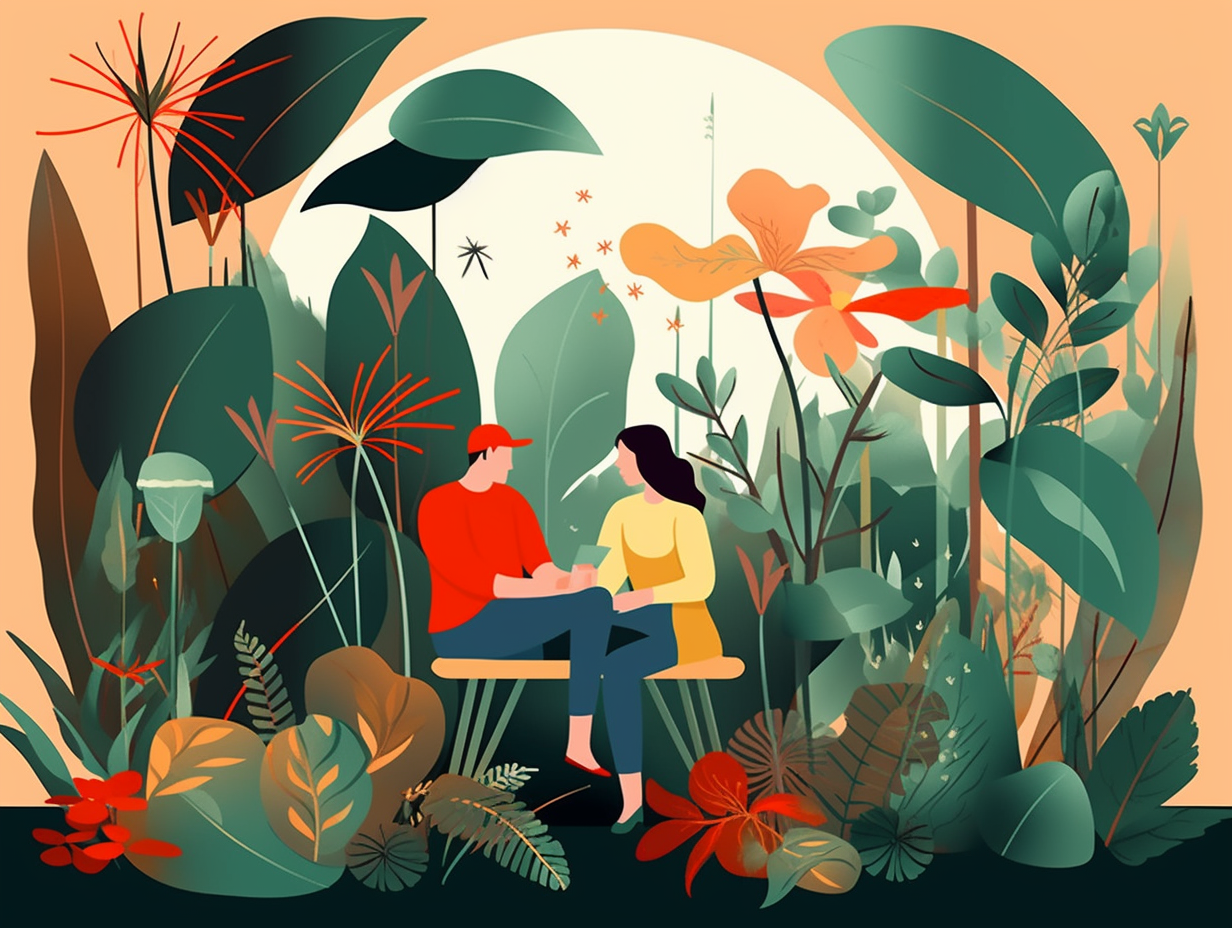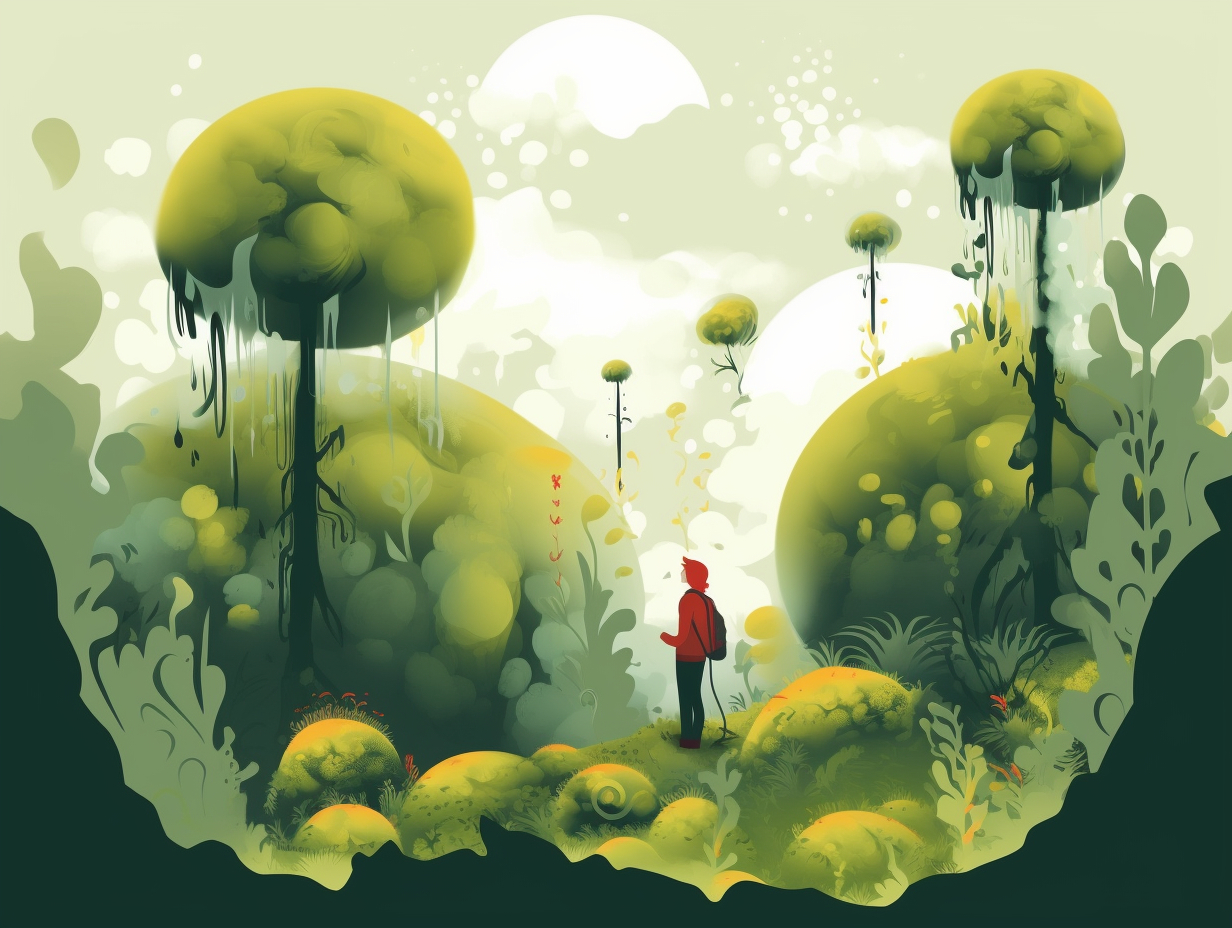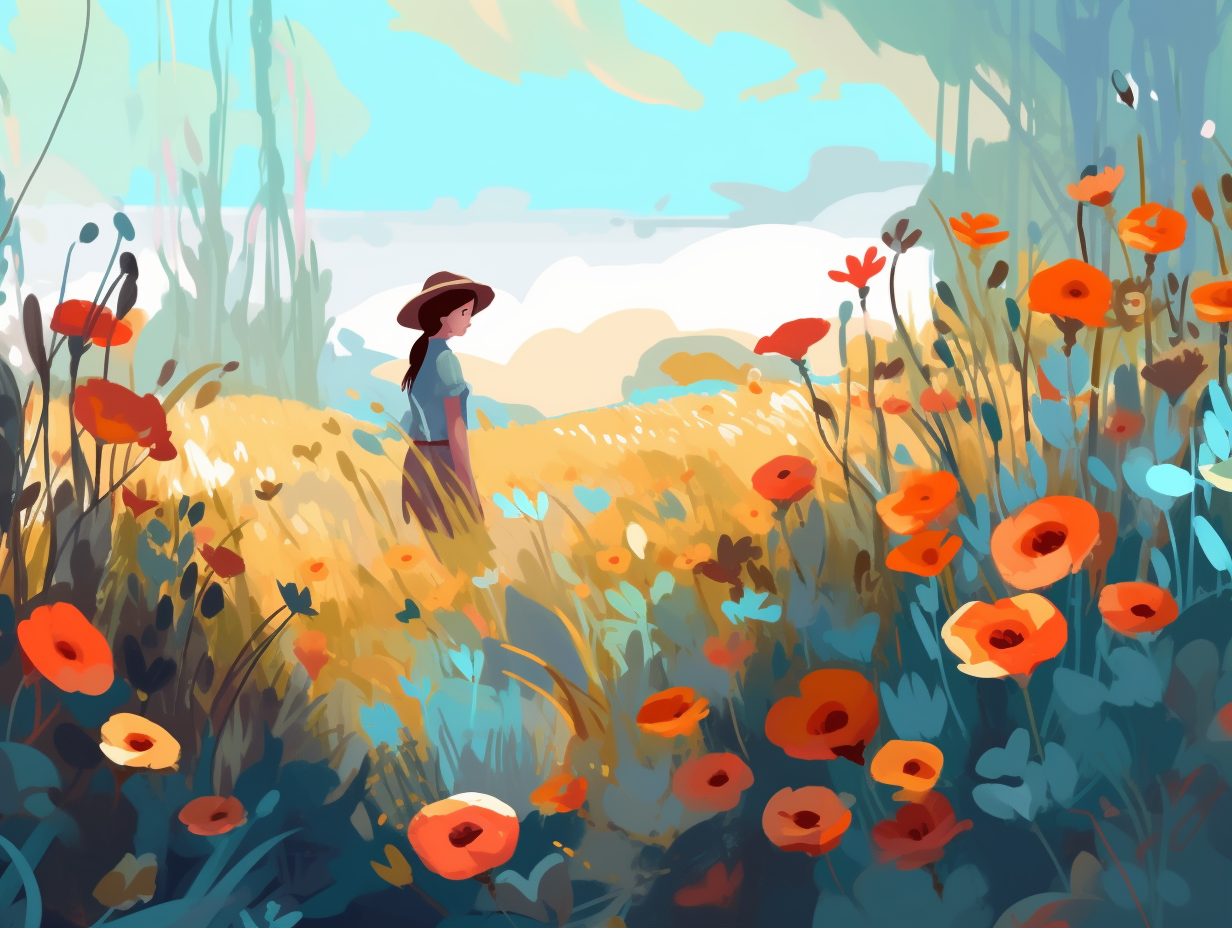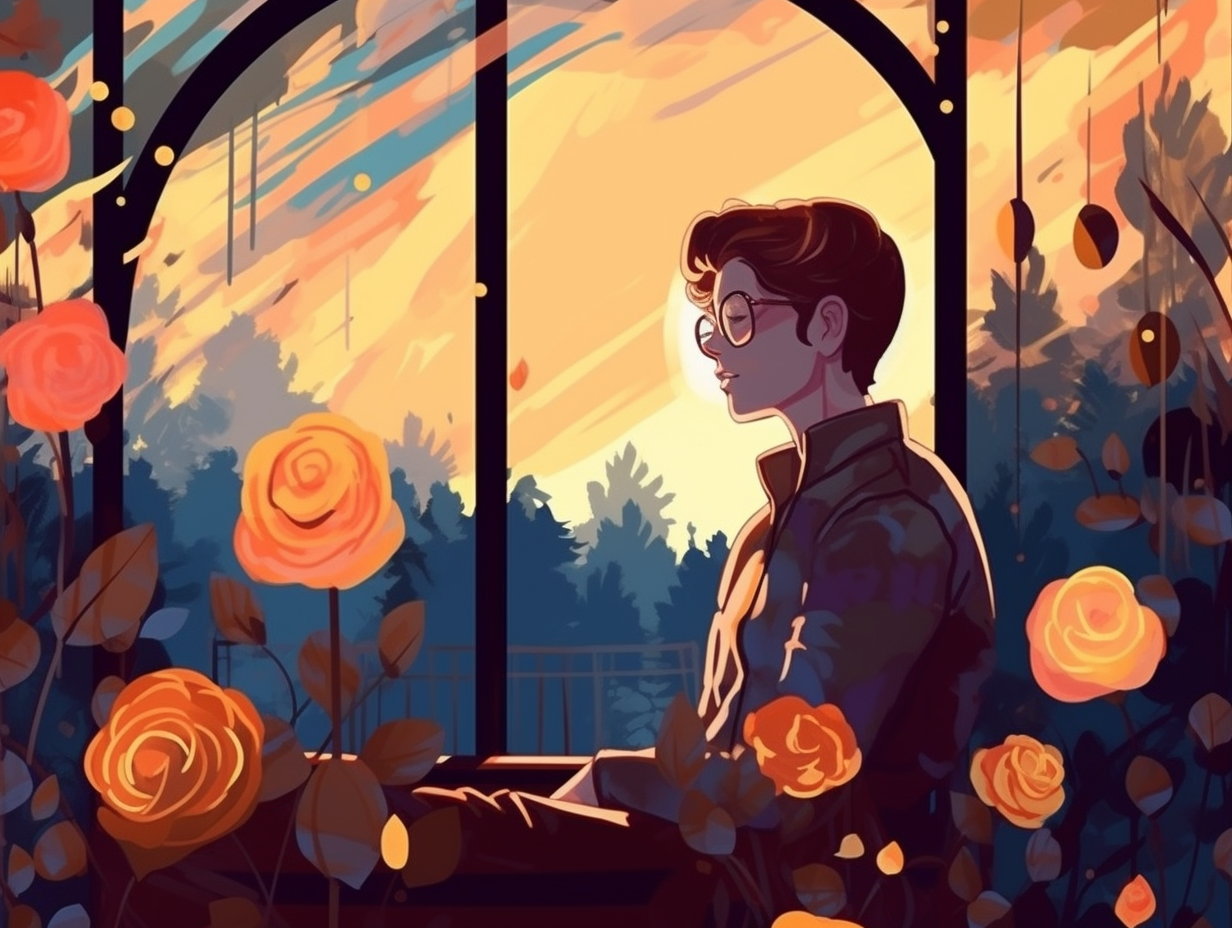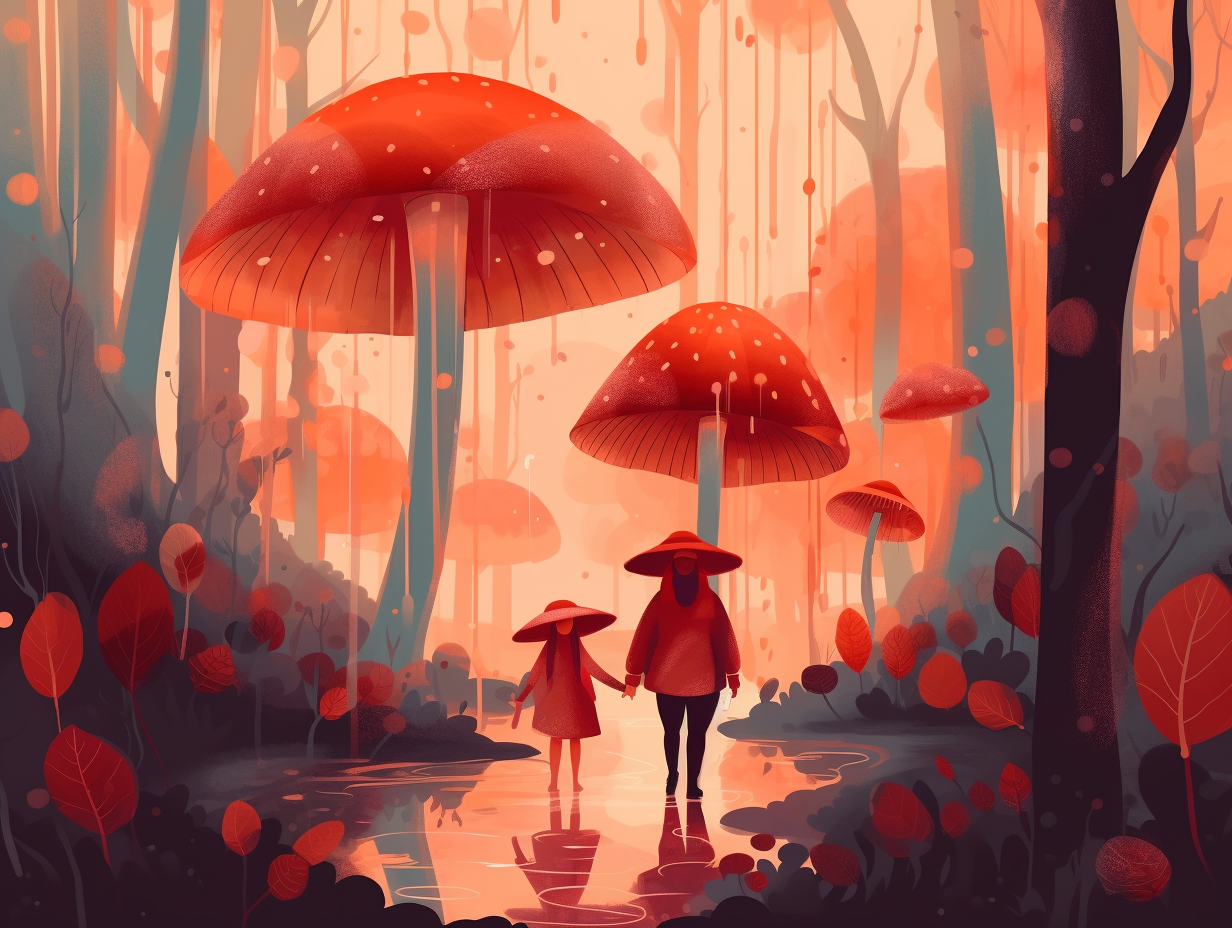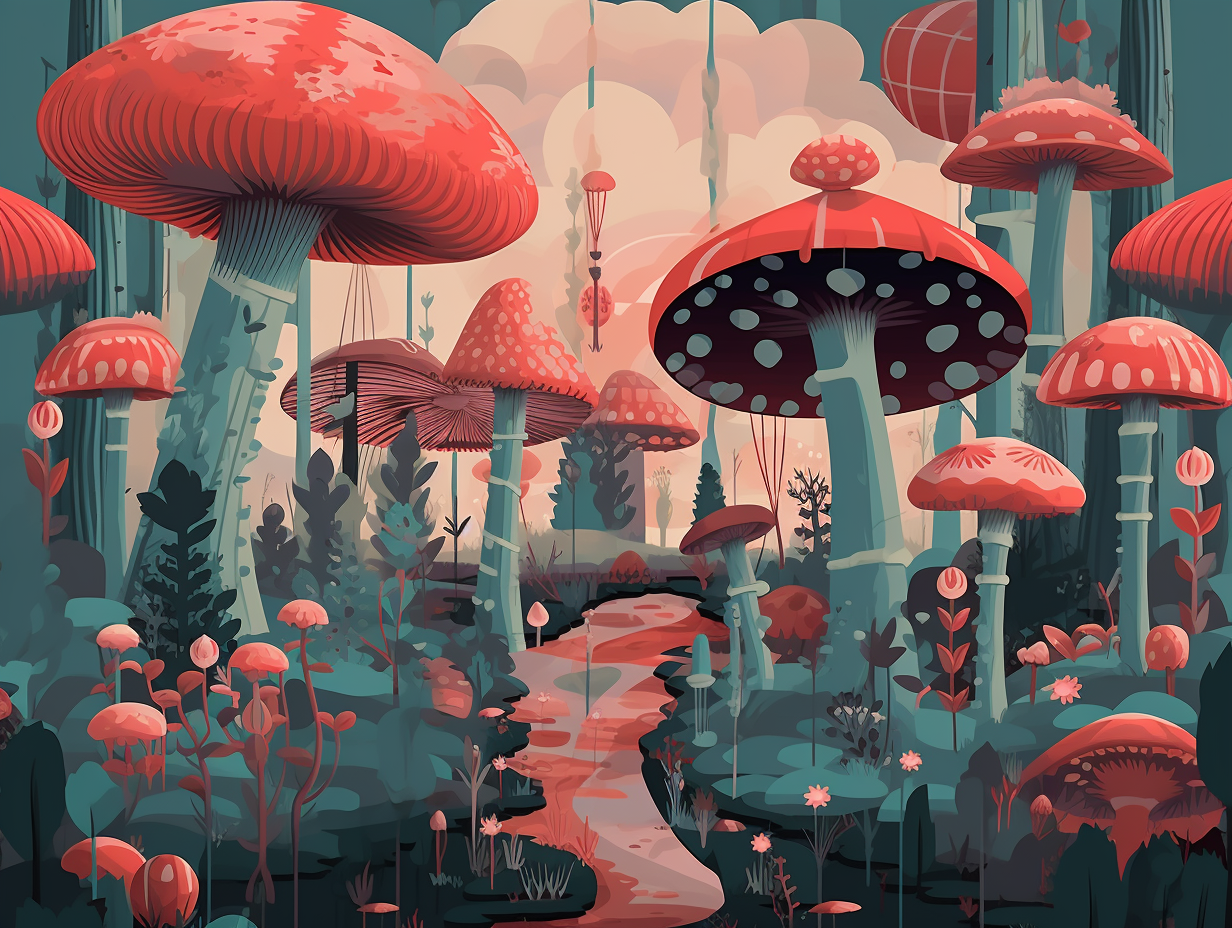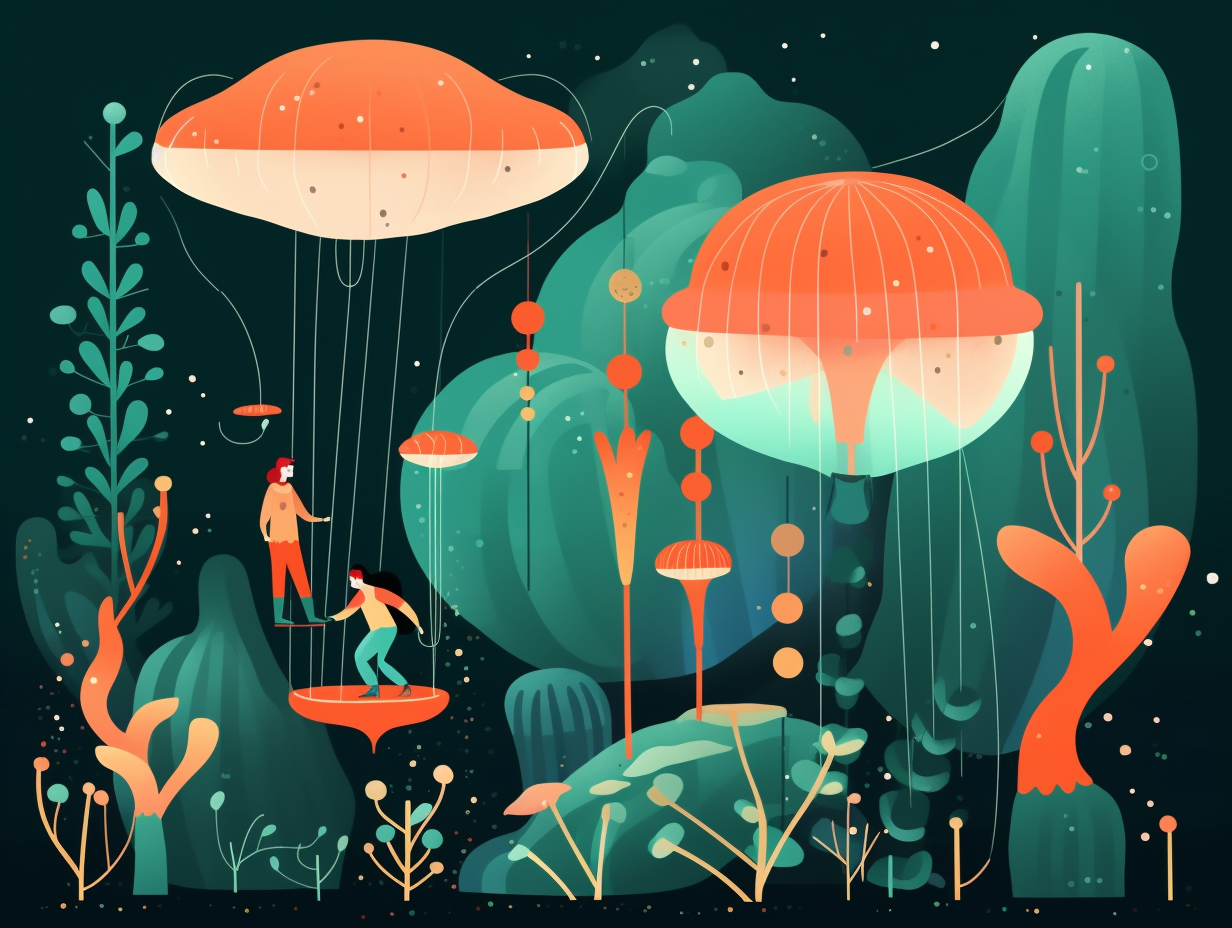10 Amazing Fun Facts About Pitcher Plants You Won't Believe!

1. Poo-tluck Dinner Party
When nature throws a "poo-tluck" dinner party, pitcher plants gladly bring the drinking cups: these cunning flora have formed mutualistic relationships with critters like tree shrews and bats, offering them tasty nectar and in return, kindly accepting their nitrogen-rich deuces for a well-rounded meal.
Source => en.wikipedia.org
2. Eight-Legged Pirates
In the pitch-black underbelly of the animal kingdom, a juicy drama unfolds as cunning spiders act like eight-legged pirates, plundering helpless pitcher plants' precious booty: On a less dramatic note, pitcher plants actually do not rely on spiders as their main source of nutrients. Rather, they mostly feast on arthropods like insects, mites, and mollusks. Spiders often filch prey from the plants or live within them, but this tenuous relationship has yet to garner a reality show spin-off.
Source => esajournals.onlinelibrary.wiley.com
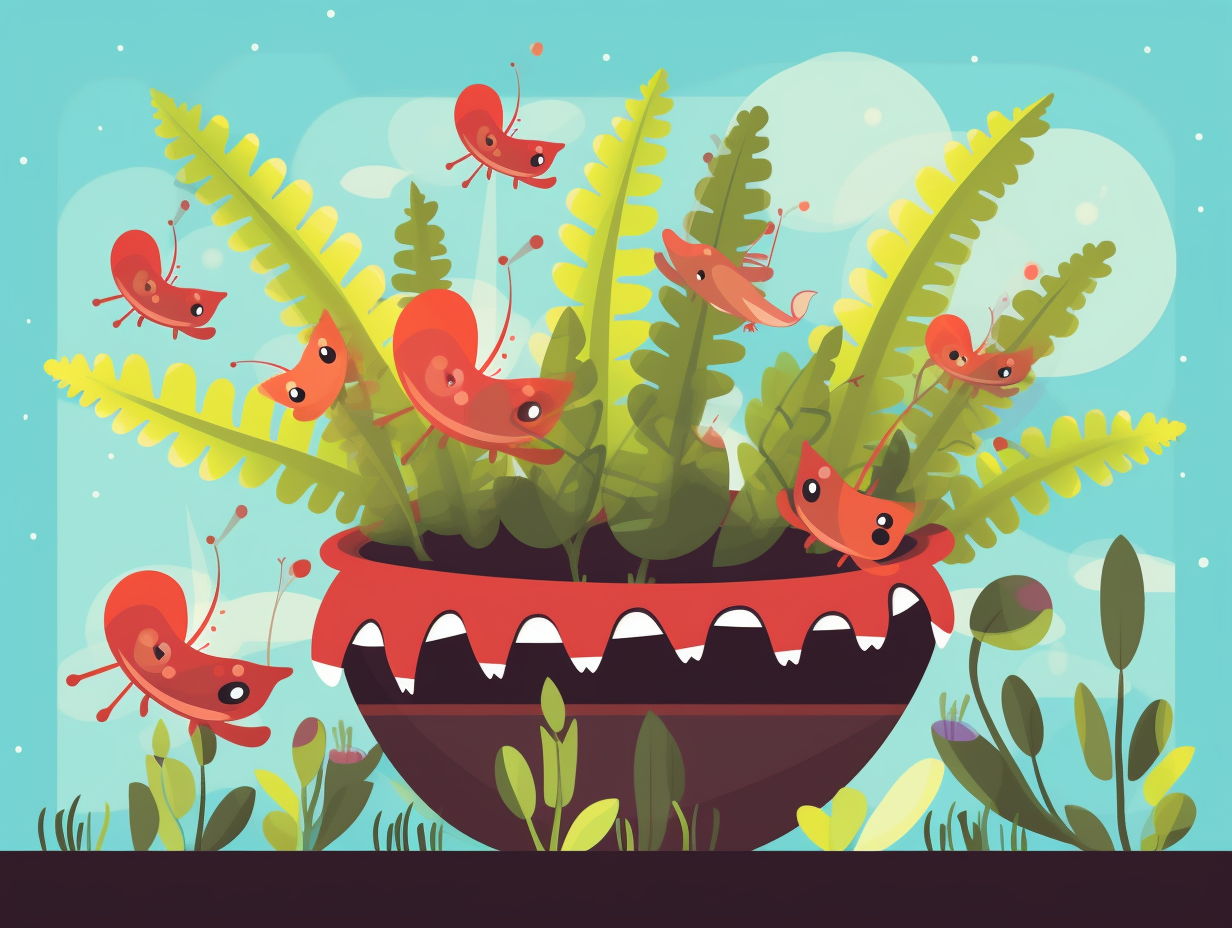
Discover the dark side of Venus flytraps, as they lure insects with their captivating colors and intoxicating nectar scent, only to snatch them in a split second. Can you imagine being trapped in their clutches?
=> Fun Facts about Venus-Fly-Traps
3. The Odd Couple of Borneo
Looking for a roommate with benefits? Look no further than the Nepenthes bicalcarata and the Camponotus schmitzi, Borneo's version of the Odd Couple: This carnivorous pitcher plant and its ant BFF not only protect each other from pesky herbivorous insects but also provide some nitrogenous TLC with their waste and leftover snacks, helping each other thrive in the dating pool of nutrient-poor Borneo!
Source => ncbi.nlm.nih.gov
4. Pitcher Plants: Top-Performers in Nitrogen Leagues
These plants aren't pitchers, they're catchers! Scoring big on the nitrogen field with less effort: The sneaky Sarracenia purpurea pitcher plant can gulp down a whopping 80% of its nitrogen needs from its leafy trap, and it'll even occasionally slurp up direct amino acids from organic nitrogen to bypass nature's plate time. Top-performance in nitrogen-limited leagues!
Source => albert.io

5. Insect Slip 'n Slide
You know that feeling when you slip on a banana peel in a cartoon? Imagine being an insect slipping on the world's tiniest water slide, courtesy of a pitcher plant: The plant's peristome, or wet rim, creates a super slippery surface by maintaining a thin film of water and radial grooves, causing insects to slide helplessly into its trap for consumption.
Source => materialstoday.com
6. The Rat-Snatching Plant
If you think you've got a rat issue, just think about the woes of the Nepenthes rajah: this pitcher plant's truly got a chip on its shoulder, or rather, a rat in its goblet! Here's the scoop: the Nepenthes rajah is among the largest pitcher plant species, boasting pitchers that can hold a whopping 3.5 liters of fluid and often ensnaring not just insects, but small mammals like rats and tree shrews too.
Source => en.wikipedia.org
7. The Carnivorous Plant Carnival
Step right up and marvel at the captivating carnival of carnivorous plants: the pitcher plant, a bug-obsessed beauty-queen that gobbles up unsuspecting garden goers! Seriously, folks: these plants thrive in boggy, nutrient-deficient environments, luring insects to their demise with nectar, scent, and vibrant colors for an easy meal, all due to evolution's crafty way of compensating for the lack of nutrients in their habitat.
Source => plantdelights.com
8. The Two-Faced Plant
Who needs two-faced friends when you have a two-faced plant: Meet Nepenthes rafflesiana, a species of pitcher plant that flaunts distinct morphological differences between its upper and lower pitchers, all thanks to separate developmental pathways or genetic factors, not temperature or light conditions!
Source => ncbi.nlm.nih.gov
9. Mascot of Sticky Situations
If the sticky situation of nature had a mascot, the pitcher plant would be a shoo-in for the title: These carnivorous marvels use their unique viscoelastic digestive fluid to trap insects, bamboozling their prey by leveraging the fluid's elasticity, even when diluted with water, and their pitchers' slippery inner surfaces for a trap more sophisticated than we once thought.
Source => journals.plos.org
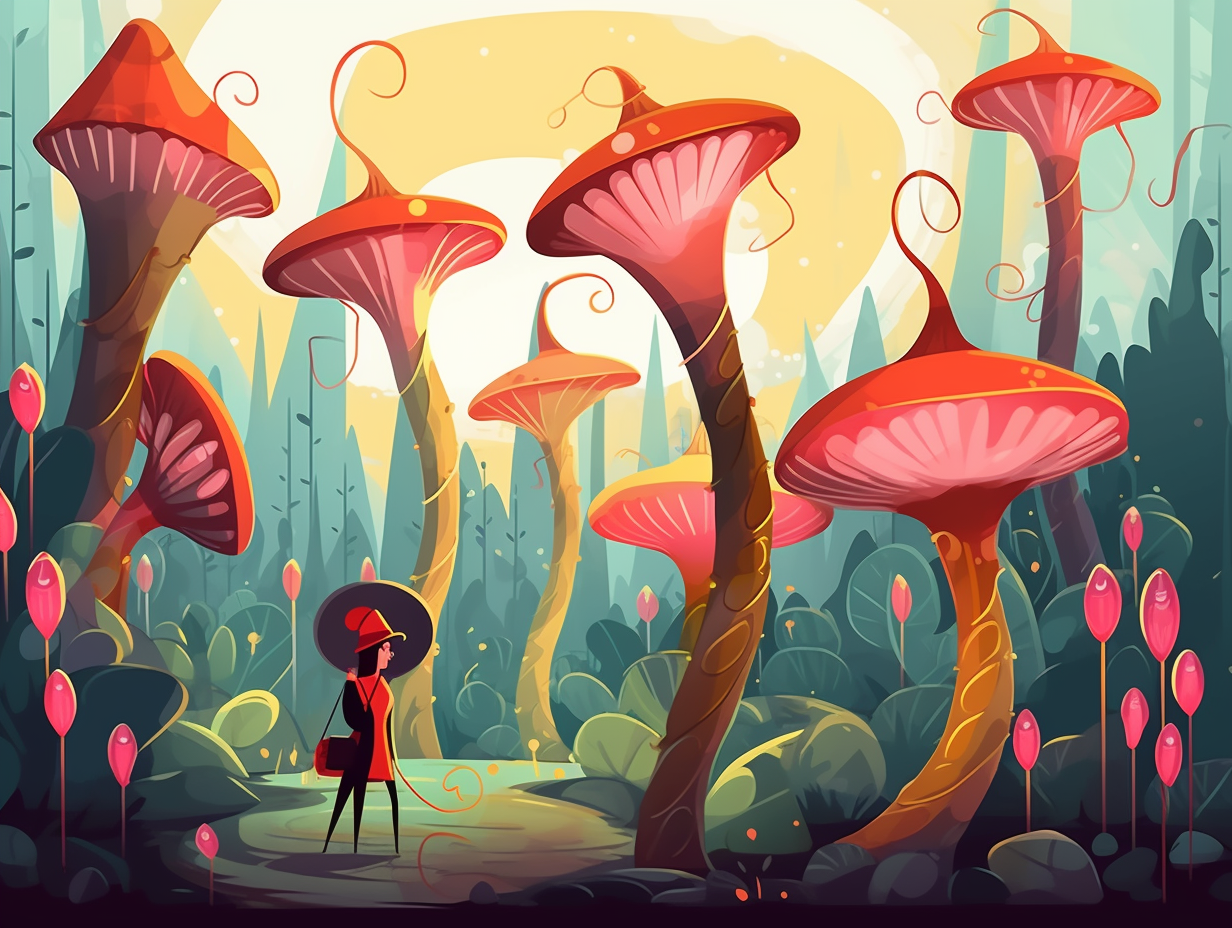
10. Insect Amusement Park of Doom
Slip 'n slide, bug edition: the Nepenthes pitcher plant's peristome – a slippery surface on its rim – traps unsuspecting insects by activating its slickness with rain, condensation, or its very own nectar secretion, making it a literal insect amusement park of doom.
Source => ncbi.nlm.nih.gov
Related Fun Facts

